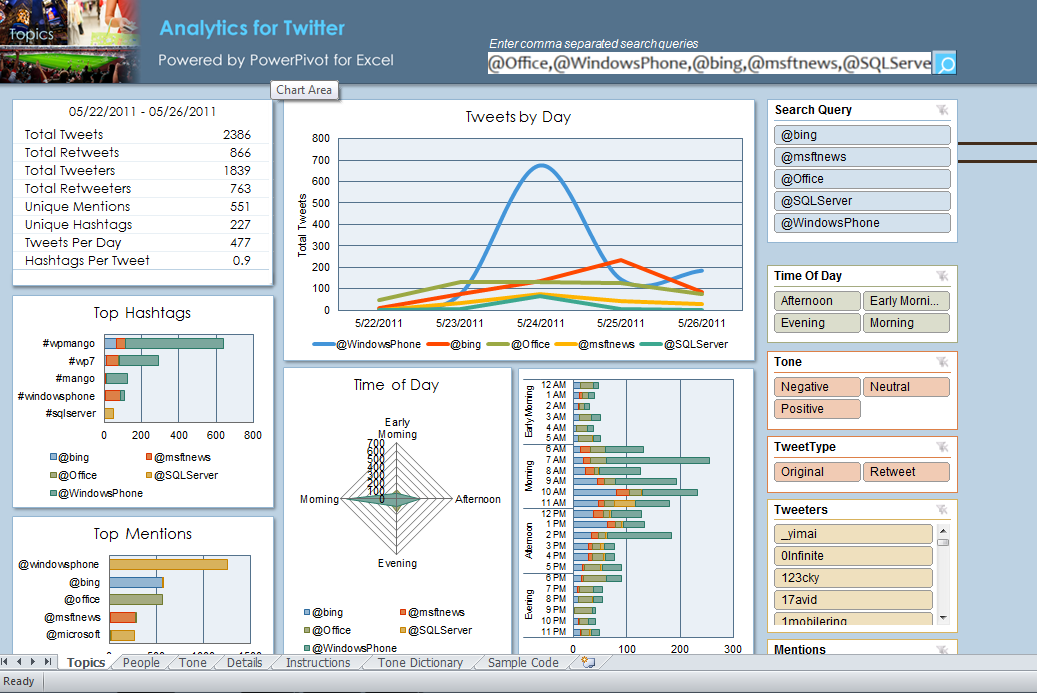Unleash Excel Business Intelligence! This course includes:
- Power Pivot workbooks
- Excel Data Model
- Create table relationships
- Import & query data
- Power PivotTable and Charts

Course Duration
One day or two half-days
Course Objectives
After completing this course you will be able to describe the main ways to import and query data using Power Pivots workbooks in Excel, to generate PivotTable and PivotChart reports and to create relationships between Power Pivot tables.
Course Prerequisites
Previous knowledge of Excel PivotTable features is useful but not essential. Basic understanding of relational data is useful but not essential.
Who is this Course for
Professionals who want to use Power Pivot full capabilities in Excel 2010 and who recognise the need for Business Intelligence.
Power Pivot for Microsoft Excel Course Topics
Getting started
PowerPivot Workbooks
Data Model
The PowerPivot tab
Data sources
Relationships
Relationships
Review existing relationships
Create new relationships
Diagram View
Get and transform data
Import and Filter from Databases
Run SQL Query
Get Data from Files
Copy and Paste Data
Create Linked Tables
Data Tables
Formatting Numbers
Handling Technical and Useless Columns
Understanding Calculated Columns
Using Lookup Tables
Understanding Measures
Handling Many Tables
Refreshing Data
Slicers
Resizing Slicers
Slicer options
PowerPivot Reports and Charts
Refreshing the table
Changing the table structure
Formatting
Creating a PivotChart
PivotChart Layouts
Changing the Chart type
Formatting the Chart
DAX Measures and Formulas
DAX Data Types
DAX Operators
Calculated Columns Examples
DAX Measure Examples
RELATED, CALCULATE functions

